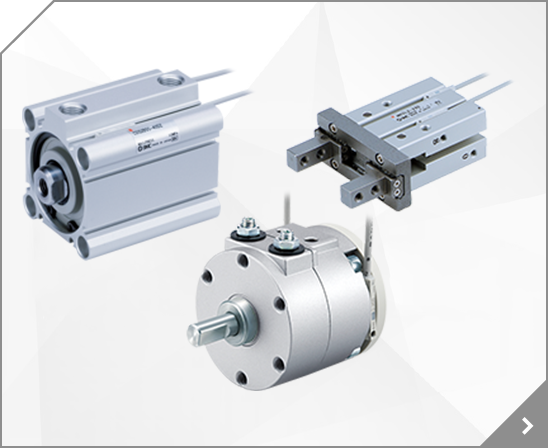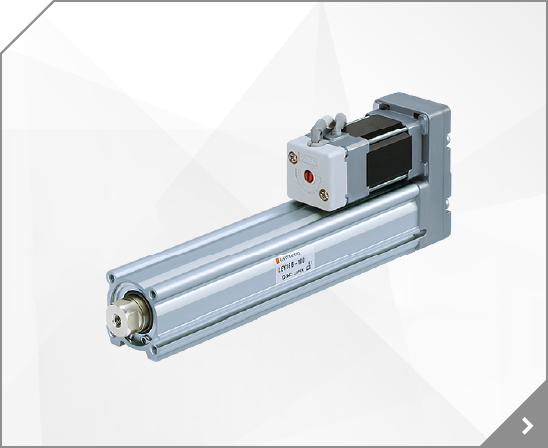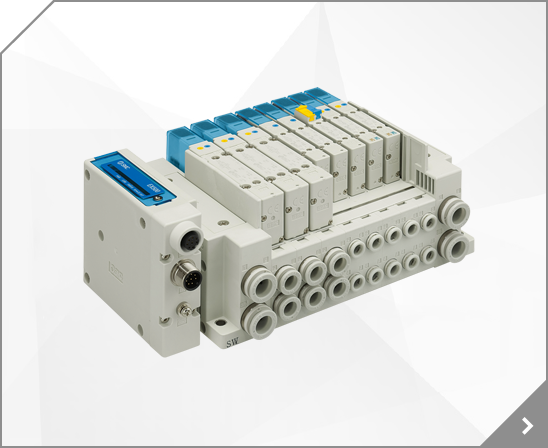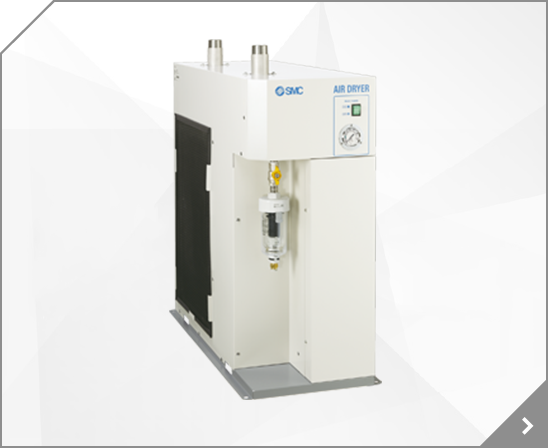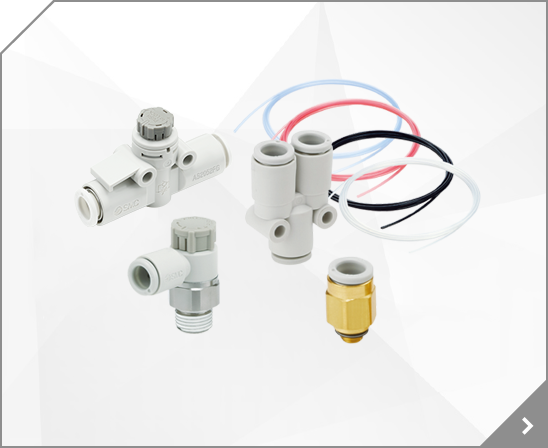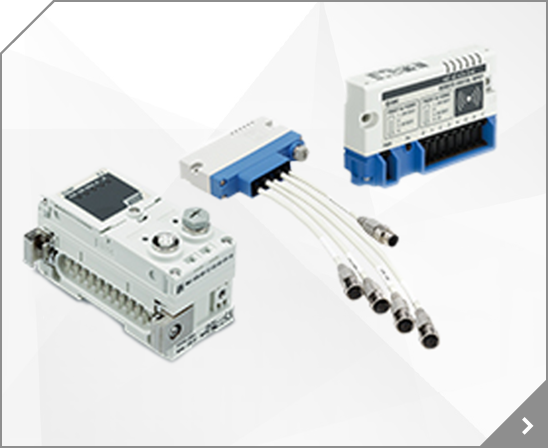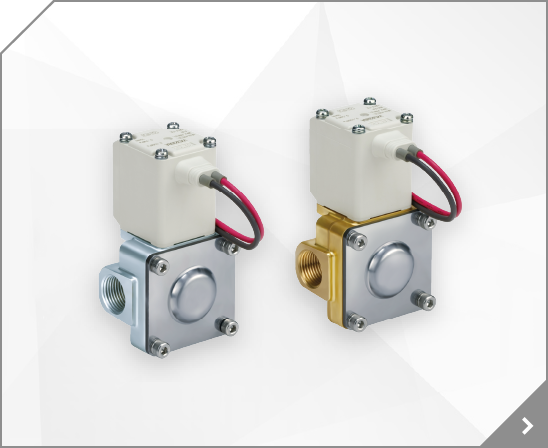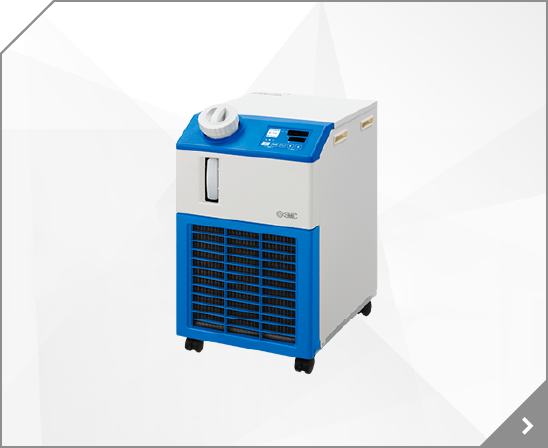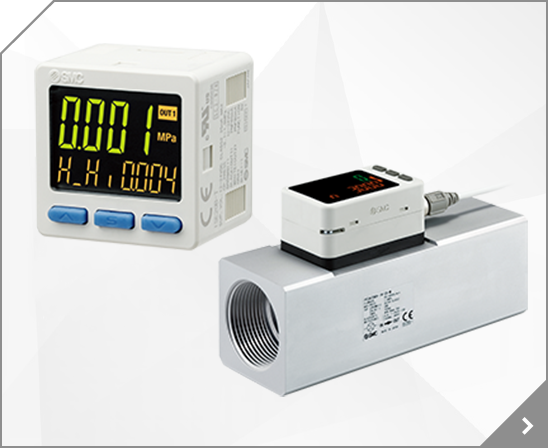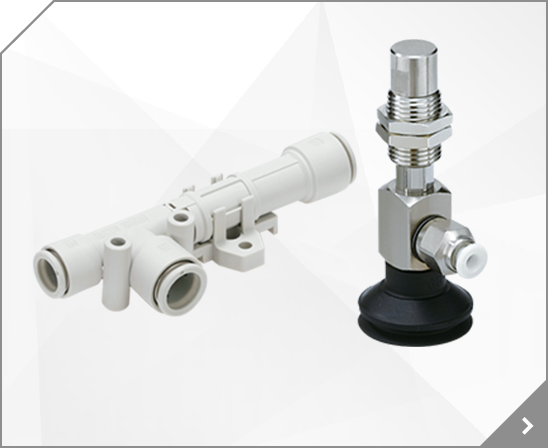
Size: 13 (ODØ1/2", IDØ0.33"), Color: R1 (Red, Solid), Roll Length: 153 (500 ft)
Type: 4 [High Flow, 500 â„“/min (ANR)], Port Size: 3 (Rc3/8), Digital Flow Switch: P2 [PNP Open Collector,1 Output+Analog Output (1 to 5V)], Regulator: R1 (w/Regulator+Pressure Outlet Port Assembly), ON/OFF Valve: V2 [Manual Operation Valve (w/Lever Lock)], Restrictor: Without Restrictor, Filter: F (With Filter)
Type: 4 [High Flow, 500 â„“/min (ANR)], Port Size: 3N (NPT3/8), Digital Flow Switch: P1 [NPN Open Collector,1 Output+Analog Output (1 to 5V)], Regulator: R1 (w/Regulator+Pressure Outlet Port Assembly), ON/OFF Valve: V2 [Manual Operation Valve (w/Lever Lock)], Restrictor: S (With Restrictor), Filter: F (With Filter)
Type: 4 [High Flow, 500 â„“/min (ANR)], Port Size: 3N (NPT3/8), Digital Flow Switch: P5 [NPN Open Collector,1 Output+Analog Output (4 to 20mA)], Regulator: R1 (w/Regulator+Pressure Outlet Port Assembly), ON/OFF Valve: V1 (With Air Operated Flow Adjuster), Restrictor: Without Restrictor, Filter: F (With Filter)
Type: 4 [High Flow, 500 â„“/min (ANR)], Port Size: 1 (One-touch Fitting: Size 3=ø10, Size 4=ø12), Digital Flow Switch: Without Digital Flow Switch, Regulator: R1 (w/Regulator+Pressure Outlet Port Assembly), ON/OFF Valve: Without ON/OFF Valve, Restrictor: Without Restrictor, Filter: F (With Filter)
Type: 4 [High Flow, 500 â„“/min (ANR)], Port Size: 3N (NPT3/8), Digital Flow Switch: Without Digital Flow Switch, Regulator: R1 (w/Regulator+Pressure Outlet Port Assembly), ON/OFF Valve: V (With Air Operated), Restrictor: Without Restrictor, Filter: F (With Filter)
Type: 4 [High Flow, 500 â„“/min (ANR)], Port Size: 3N (NPT3/8), Digital Flow Switch: Without Digital Flow Switch, Regulator: R1 (w/Regulator+Pressure Outlet Port Assembly), ON/OFF Valve: V2 [Manual Operation Valve (w/Lever Lock)], Restrictor: Without Restrictor, Filter: F (With Filter)
Type: 4 [High Flow, 500 â„“/min (ANR)], Port Size: 3 (Rc3/8), Digital Flow Switch: P1 [NPN Open Collector,1 Output+Analog Output (1 to 5V)], Regulator: R1 (w/Regulator+Pressure Outlet Port Assembly), ON/OFF Valve: V (With Air Operated), Restrictor: Without Restrictor, Filter: F (With Filter)
Type: 4 [High Flow, 500 â„“/min (ANR)], Port Size: 3N (NPT3/8), Digital Flow Switch: P4 (PNP Open Collector, 2 Outputs), Regulator: R1 (w/Regulator+Pressure Outlet Port Assembly), ON/OFF Valve: V (With Air Operated), Restrictor: Without Restrictor, Filter: F (With Filter)
Type: 4 [High Flow, 500 â„“/min (ANR)], Port Size: 1 (One-touch Fitting: Size 3=ø10, Size 4=ø12), Digital Flow Switch: P2 [PNP Open Collector,1 Output+Analog Output (1 to 5V)], Regulator: R1 (w/Regulator+Pressure Outlet Port Assembly), ON/OFF Valve: V1 (With Air Operated Flow Adjuster), Restrictor: Without Restrictor, Filter: F (With Filter)
Type: 4 [High Flow, 500 â„“/min (ANR)], Port Size: 3N (NPT3/8), Digital Flow Switch: Without Digital Flow Switch, Regulator: R1 (w/Regulator+Pressure Outlet Port Assembly), ON/OFF Valve: Without ON/OFF Valve, Restrictor: Without Restrictor, Filter: F (With Filter)
Type: 4 [High Flow, 500 â„“/min (ANR)], Port Size: 1 (One-touch Fitting: Size 3=ø10, Size 4=ø12), Digital Flow Switch: Without Digital Flow Switch, Regulator: R1 (w/Regulator+Pressure Outlet Port Assembly), ON/OFF Valve: V1 (With Air Operated Flow Adjuster), Restrictor: Without Restrictor, Filter: F (With Filter)
Type: 4 [High Flow, 500 â„“/min (ANR)], Port Size: 1 (One-touch Fitting: Size 3=ø10, Size 4=ø12), Digital Flow Switch: P6 [PNP Open Collector,1 Output+Analog Output (4 to 20mA)], Regulator: R1 (w/Regulator+Pressure Outlet Port Assembly), ON/OFF Valve: V2 [Manual Operation Valve (w/Lever Lock)], Restrictor: Without Restrictor, Filter: F (With Filter)
Type: 4 [High Flow, 500 â„“/min (ANR)], Port Size: 1 (One-touch Fitting: Size 3=ø10, Size 4=ø12), Digital Flow Switch: Without Digital Flow Switch, Regulator: R1 (w/Regulator+Pressure Outlet Port Assembly), ON/OFF Valve: V (With Air Operated), Restrictor: Without Restrictor, Filter: F (With Filter)
Type: 4 [High Flow, 500 â„“/min (ANR)], Port Size: 1 (One-touch Fitting: Size 3=ø10, Size 4=ø12), Digital Flow Switch: P6 [PNP Open Collector,1 Output+Analog Output (4 to 20mA)], Regulator: R1 (w/Regulator+Pressure Outlet Port Assembly), ON/OFF Valve: V1 (With Air Operated Flow Adjuster), Restrictor: Without Restrictor, Filter: F (With Filter)
Type: 4 [High Flow, 500 â„“/min (ANR)], Port Size: 1 (One-touch Fitting: Size 3=ø10, Size 4=ø12), Digital Flow Switch: P6 [PNP Open Collector,1 Output+Analog Output (4 to 20mA)], Regulator: R1 (w/Regulator+Pressure Outlet Port Assembly), ON/OFF Valve: V2 [Manual Operation Valve (w/Lever Lock)], Restrictor: S (With Restrictor), Filter: F (With Filter)
Type: 4 [High Flow, 500 â„“/min (ANR)], Port Size: 1 (One-touch Fitting: Size 3=ø10, Size 4=ø12), Digital Flow Switch: P1 [NPN Open Collector,1 Output+Analog Output (1 to 5V)], Regulator: R1 (w/Regulator+Pressure Outlet Port Assembly), ON/OFF Valve: V (With Air Operated), Restrictor: Without Restrictor, Filter: F (With Filter)
Type: 4 [High Flow, 500 â„“/min (ANR)], Port Size: 1 (One-touch Fitting: Size 3=ø10, Size 4=ø12), Digital Flow Switch: P2 [PNP Open Collector,1 Output+Analog Output (1 to 5V)], Regulator: R1 (w/Regulator+Pressure Outlet Port Assembly), ON/OFF Valve: V (With Air Operated), Restrictor: Without Restrictor, Filter: F (With Filter)
Type: 4 [High Flow, 500 â„“/min (ANR)], Port Size: 1 (One-touch Fitting: Size 3=ø10, Size 4=ø12), Digital Flow Switch: P6 [PNP Open Collector,1 Output+Analog Output (4 to 20mA)], Regulator: R1 (w/Regulator+Pressure Outlet Port Assembly), ON/OFF Valve: V1 (With Air Operated Flow Adjuster), Restrictor: S (With Restrictor), Filter: F (With Filter)
Type: 4 [High Flow, 500 â„“/min (ANR)], Port Size: 3 (Rc3/8), Digital Flow Switch: P6 [PNP Open Collector,1 Output+Analog Output (4 to 20mA)], Regulator: R1 (w/Regulator+Pressure Outlet Port Assembly), ON/OFF Valve: V1 (With Air Operated Flow Adjuster), Restrictor: S (With Restrictor), Filter: F (With Filter)
